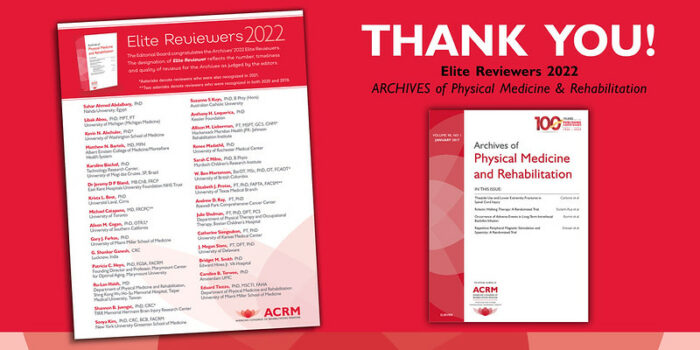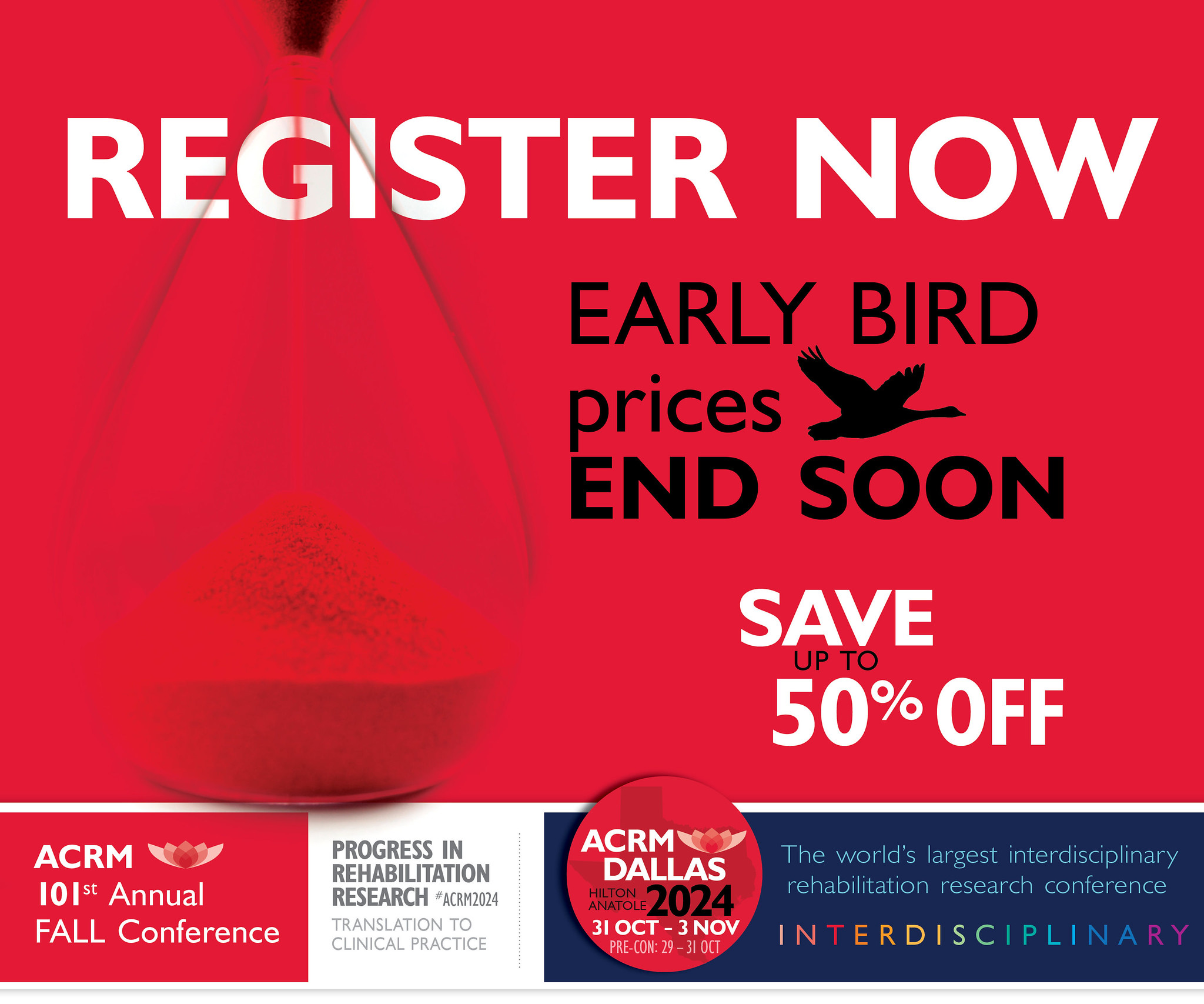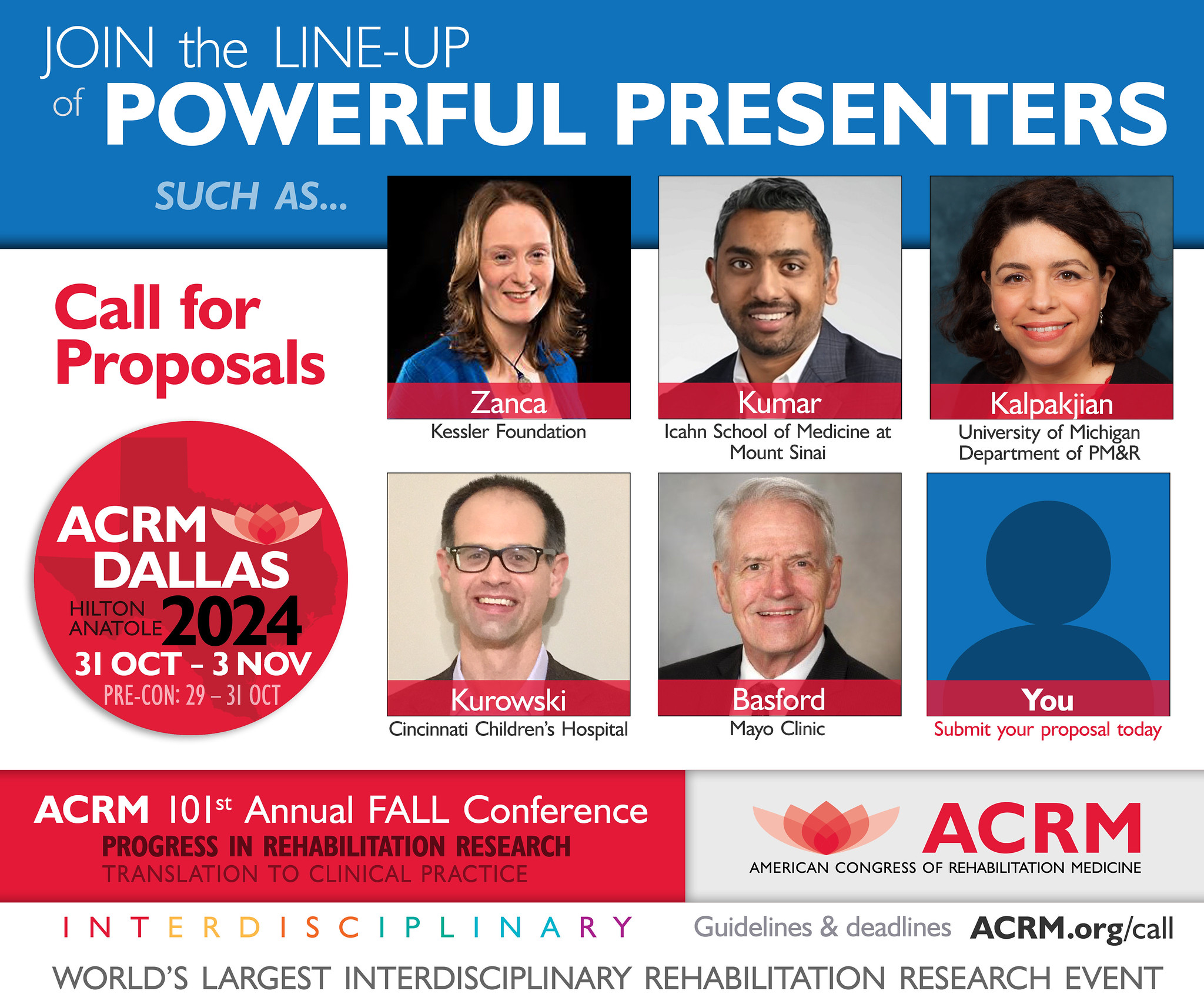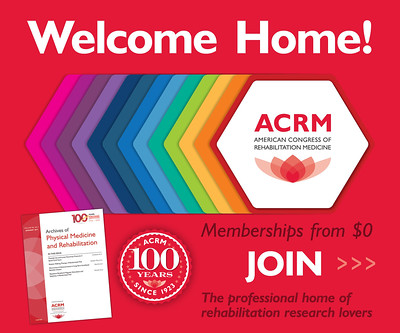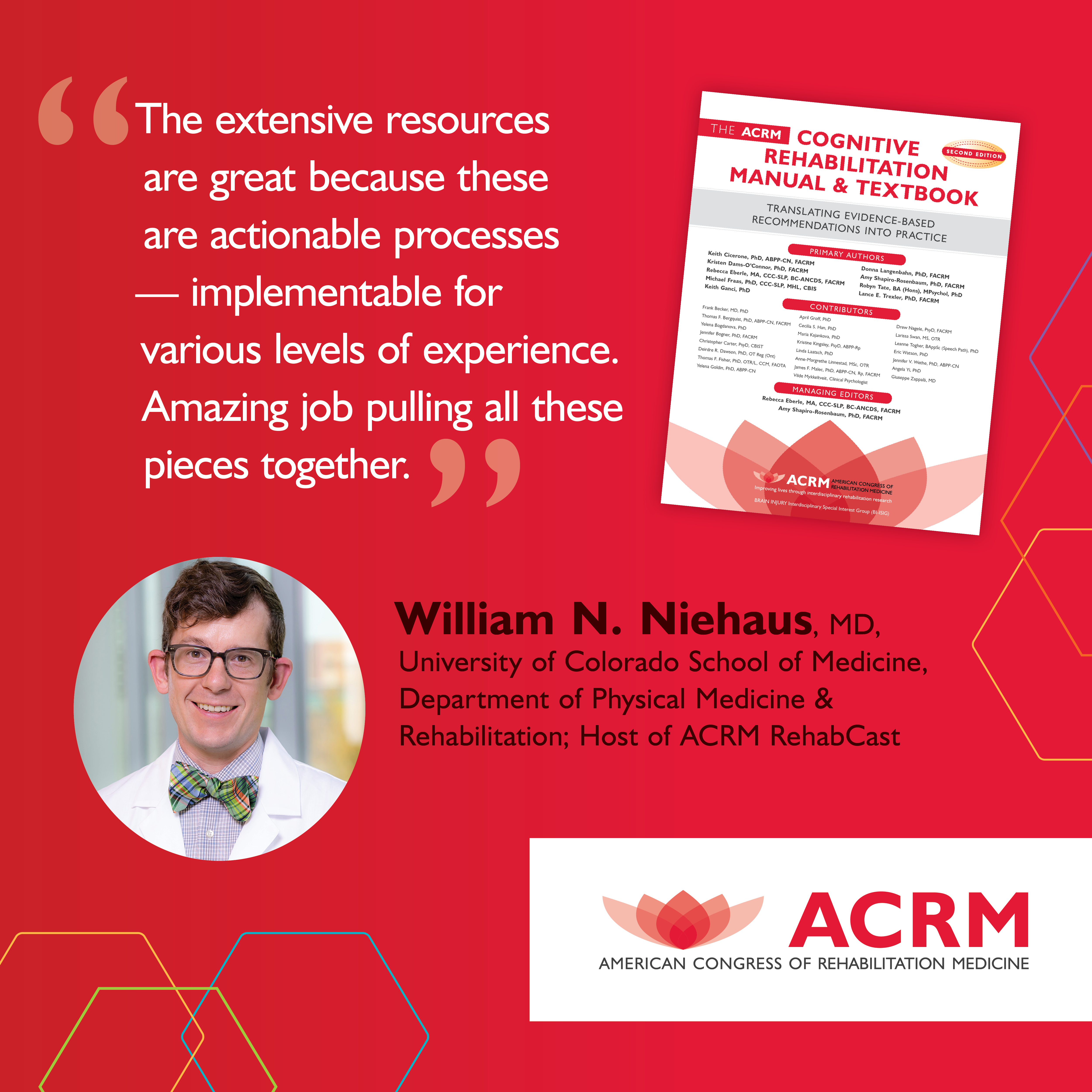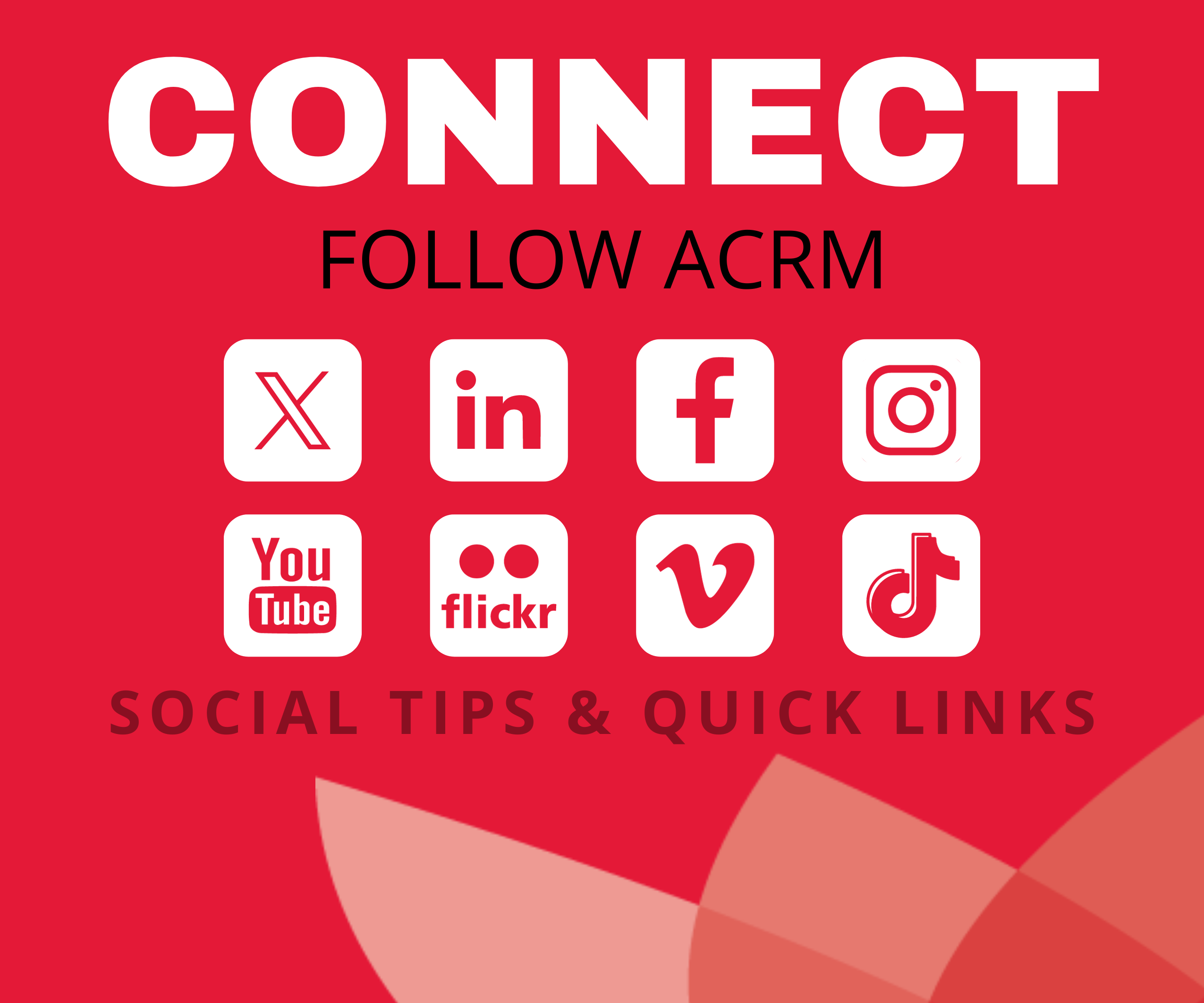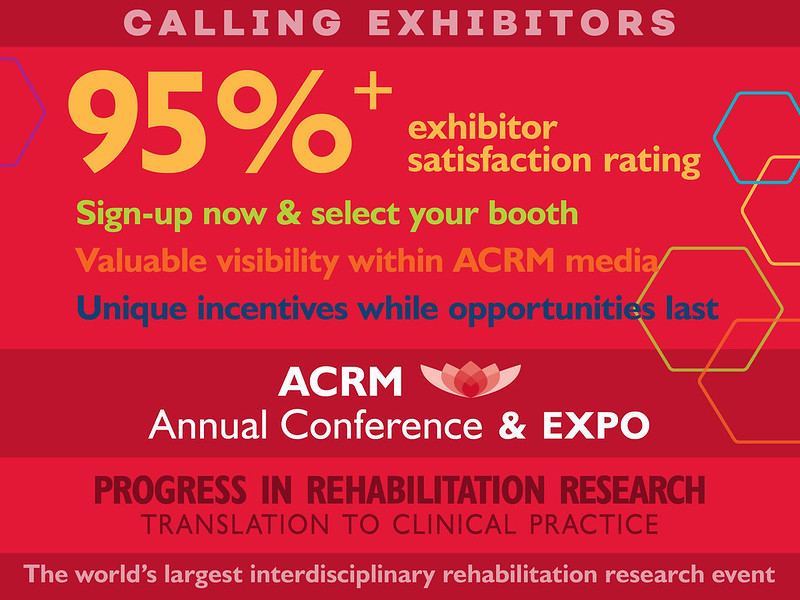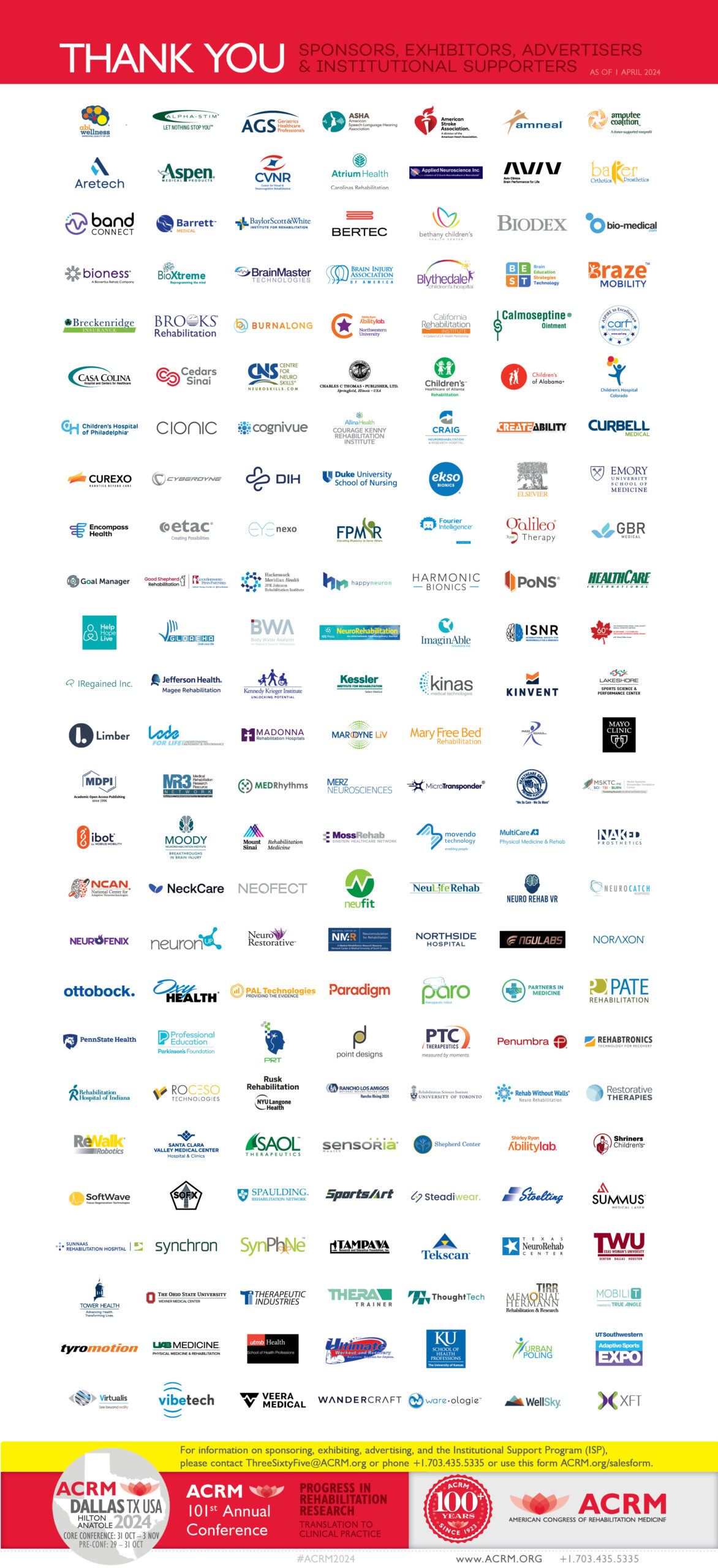ARCHIVES of Physical Medicine & Rehabilitation
THE MOST-CITED JOURNAL IN REHABILITATION
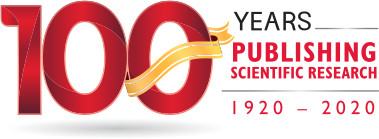
“The ARCHIVES is the oldest and largest rehabilitation journal in the world. An article from the ARCHIVES is downloaded every 12 seconds, that’s over 2.5 million downloads per year.
We are very proud of that.“
—Leighton Chan, MD, MPH, FACRM
Co-Editor-in-Chief, Archives of Physical Medicine & Rehabilitation
The ARCHIVES of Physical Medicine & Rehabilitation (The ARCHIVES) is the acclaimed international scientific journal of ACRM covering the specialty of physical medicine and rehabilitation and allied disciplines.
Original articles report important trends and deliver authoritative information on the therapeutic utilization of physical behavioral and pharmaceutical agents in providing comprehensive care for individuals with chronic illness and disabilities.
According to the Journal Citation Reports, the Impact Factor for the ARCHIVES is 4.3 for 2022. The ARCHIVES:
- Ranks 11th out of 68 journals in the rehabilitation category.
- Has the 2nd highest Impact Factor of all general rehabilitation journals that are not discipline- or condition-specific and
- Is one of only two journals in the top ten that publish 200+ papers per year.
With 35,000+ lifetime citations, the ARCHIVES is by far the most-cited journal in rehabilitation.
The ARCHIVES has a 2021 CiteScore of 6.2, ranking it 6th out of 129 rehabilitation journals. For Scopus CiteScore information, click here.
OPEN ACCESS MEMBER DISCOUNT
ACRM members receive a discount off the Article Processing Charge (APC) when publishing open access in the Archives of Physical Medicine and Rehabilitation. The standard Article Processing Charge to publish open access in the Archives is $4000. ACRM members receive a 20% discount bringing the cost down to $3,200—a savings of $800. Any author on the paper can be a member, not just the corresponding or senior author. The money you save with the discount on just one paper is more than the cost of membership.
ARCHIVES EDITORIAL BOARD AWARDS
In cooperation with the ACRM Awards Committee, the Archives of Physical Medicine & Rehabilitation Editorial Board is proud to recognize the most impactful researchers with five annual awards.
- Most Cited Original Research Article Award
- Most Cited Review Article Award
- Most Downloaded Original Research Article Award
- Most Downloaded Review Article Award
- Readers’ Poll Award
SOCIAL MEDIA & YOUR RESEARCH
Getting your work published in a journal like the Archives of Physical Medicine and Rehabilitation (the ARCHIVES) and the Archives of Rehabilitation Research and Clinical Translation (ARRCT) is just the start. More than ever, it’s important for your work to be published and also disseminated and cited. Social media is a powerful tool you can use to get more eyes on your work.
According to a 2018 study in Nature Cell Biology, ResearchGate, LinkedIn, Facebook, Twitter and Academia.edu were the top five sites visited by scientists in a recent survey. 45,000 scientists around the world use Twitter, and that number is growing quickly. Join them and get the world to see your work.
ACRM, the ARCHIVES, and ARRCT are ideally positioned to assist you. Post about your work (tweet, Facebook or LinkedIn post, etc.) and tag ACRM and/or the ARCHIVES and your post will be shared to thousands of followers. Check out our large social media network and be sure to follow the journals on our various channels and platforms.
TIPS for posting
- The ARCHIVES and ARRCT make it easy to post your paper right from the website. Go to your article and underneath the authors on the right are several small icons for Mendeley, Facebook, Twitter, email, and more.
- On ScienceDirect you can click Share on the center top of the article page.
- It helps if you are already logged in to the account to which you’ll share your article.
- You can create your own post. If you do, you may want to reduce that lengthy article URL to something more manageable. Anyone can use bitly.com to condense long URLs.
- #Hashtags and @ symbols serve different purposes. @ArchivesPMR and @archivesoa are the twitter handles for the ACRM journals. #hashtags help your tweets and posts appear when others search by #hashtag (e.g. #stroke, #MS, #rehabilitation).
- A graphic or video get more views and is an effective way to amplify your research within the confines of brief posts.
References
- The American Society of Microbiology put together a great video to help scientists with social media posting.
- Editage has a great video on Why Researchers Should Use Social Media
And remember, using social media to promote your research can lead you to new career opportunities, new collaborators, and expose you to more research. A growing body of evidence suggests it will lead your work to be cited more often.
Practice Guideline Update Recommendations Summary: Disorders of Consciousness
For people in a vegetative or minimally conscious state caused by brain injury, an accurate diagnosis and ongoing medical and rehabilitative care based on the latest scientific evidence could mean a better chance for recovery, according to a new guideline by ACRM, the American Academy of Neurology (AAN), and the National Institute on Disability, Independent Living, and Rehabilitation Research (NIDILRR). View the Guideline, Systematic Review and Summaries below.
Practice Guideline Update Recommendations Summary: Disorders of Consciousness
Comprehensive Systematic Review Update Summary: Disorders of Consciousness
Practice Guideline: Disorders of Consciousness Presentation Slide Set
Summary of Evidence-based Guideline for Families and Caregivers: Disorders of Consciousness
Summary of Evidence-based Guideline for Clinicians: Disorders of Consciousness
ARCHIVES ELITE REVIEWERS 2022
The Editorial Board congratulates the Archives’ 2022 Elite Reviewers. The designation of Elite Reviewer reflects the number, timeliness and quality of reviews contributed to the Archives as judged by the editors. We would not have achieved recognition as a leading rehabilitation journal and been able to contribute to the scientific literature without the dedicated support of our reviewers. Thank you for your many contributions to the peer review process.
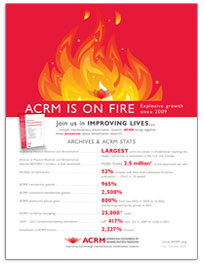 SUBSCRIPTION
SUBSCRIPTION
Annual subscription online and in print is $508-613 (US/International). Subscription is FREE to ACRM members. JOIN ACRM
ACRM Members also receive free online access to archival issues of Physical Medicine and Rehabilitation Clinics published by Elsevier. Non-members may subscribe directly from the Archives website.
ADVERTISING IN THE ARCHIVES
Choose the opportunities that best meet the goals of your institution.
MOBILE ACCESS TO THE ARCHIVES
The Archives of PMR iPad® Edition and Android app are free to all ACRM members and Archives subscribers. Simply register to activate your access, then visit the iTunes Store or Google Play Store to download the app.
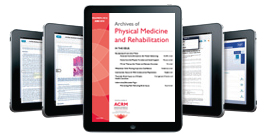
The Archives mobile app for iOS or Android allows you to get the content you need, where and when you need it. Both apps share similar features, including:
- Browse new issues and read new Articles in Press throughout the month, or jump to the featured articles with just a tap!
- Bookmark your favorites
- Take notes and highlight within articles
- Interact with figures, tables, multimedia and supplementary content with updated in-article navigation
- Personalize your experience with My Reading List, Notes, saving articles for offline reading, sharing articles via social media, emailing useful content, etc.
- Get up-to-the-minute alerts on new issues and featured articles by activating the App Alerts
CURRENT ISSUE
Sign up for email alerts or RSS feeds
Latest Supplement
July 2022
Integrating Evidence, Clinical Expertise, Critical Assessment, and Patient Needs in Rehabilitation Interventions
Edited by Elliot J. Roth
CONFERENCE ABSTRACTS
2023 ACRM Annual Conference Abstracts
2022 ACRM Annual Conference Abstracts
(Abstract 1)
(Abstract 2)
2021 ACRM Annual Conference Abstracts
2020 ACRM Annual Conference Abstracts
2020 ACRM Annual Conference Late-Breaking Research Abstracts
2019 ACRM Annual Conference Abstracts
2019 ACRM Annual Conference Late-Breaking Research Abstracts
2018 ACRM Annual Conference Late-Breaking Research Abstracts
2018 ACRM Annual Conference Abstracts
2018 4th Federal Interagency Conference on Traumatic Brain Injury



